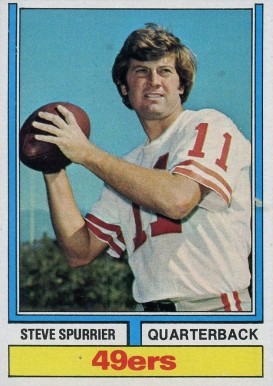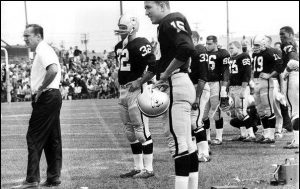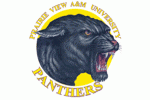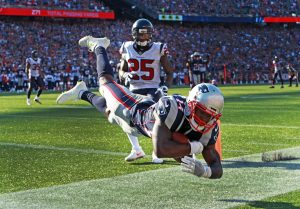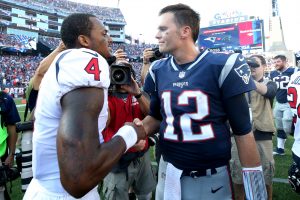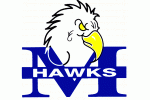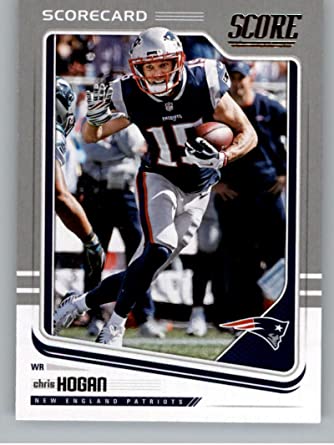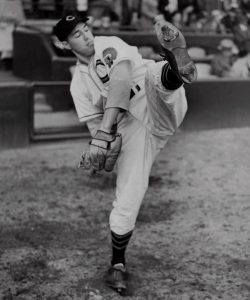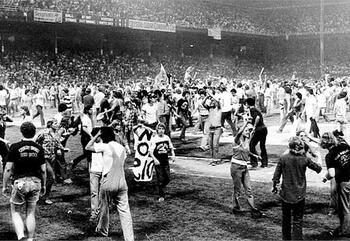It’s week 7 of the NFL season, and one of the matchups this week finds the San Francisco 49ers taking on the Indianapolis Colts. Our Throwback Thursday feature travels back to the 1969 season for a game between these 2 teams played on October 26th of that year. Coach Don Shula’s Colts were coming off the huge disappointing loss in the Super Bowl the previous season to the New York Jets. They were battling inconsistency as they started the year with 2 straight losses, then rebounded with a pair of wins. The 49ers were a team they hadn’t lost to since 1962, so a third consecutive win looked like a sure thing, especially with Baltimore being at home. San Francisco was enduring a down period in their history at this point. They were in the midst of a decade of mediocrity and coach Dick Nolan was struggling to make any headway in his quest to turn the franchise around, as the Niners entered this game winless at 0-4-1.
After a scoreless first quarter, Tommy Davis opened the scoring with a short field goal for San Francisco, but the Colts answered that with a drive that ended with Tom Matte hauling in an 11 yard touchdown pass from John Unitas to take a 7-3 lead. Quarterback Steve Spurrier, a career backup getting a rare chance to start, then guided a drive before the half with Ken Willard running in from 5 yards out, giving the 49ers the lead back at the half. San Francisco came out in the third quarter on fire. Spurrier led another drive in which he cashed in for a touchdown with an 18 yard scoring toss to Dick Witcher, then the defense took command by pilfering a Unitas throw, courtesy of John Woitt, which he ran back 57 yards for a touchdown to give San Francisco a shocking 24-7 lead. The proud Colts rallied as Unitas found his favorite target on the day, Jimmy Orr (8 catches for 146 yards), for a short touchdown pass, then closed the gap again with a one yard touchdown run by Matte. That was the end of the scoring, however, and Baltimore found themselves on the short end of a 24-21 score at the final gun.
Nolan’s 49ers won only 4 games in the ’69 season, and ironically half of those wins came against the Colts, as they upset them again later in the season. He was building something for the future, and the team won 3 straight Western Division titles to start the 1970s. The Colts were underachievers at 8-5-1 for the year, and Shula departed for Miami after the season, where he would find great success on the way to becoming the winningest coach in NFL history. Shula’s departure didn’t initially hurt the Colts, as they won the Super Bowl under Don McCafferty in 1970.
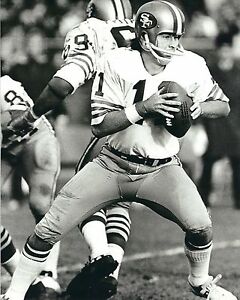
Steve Spurrier shined in a rare starting performance

